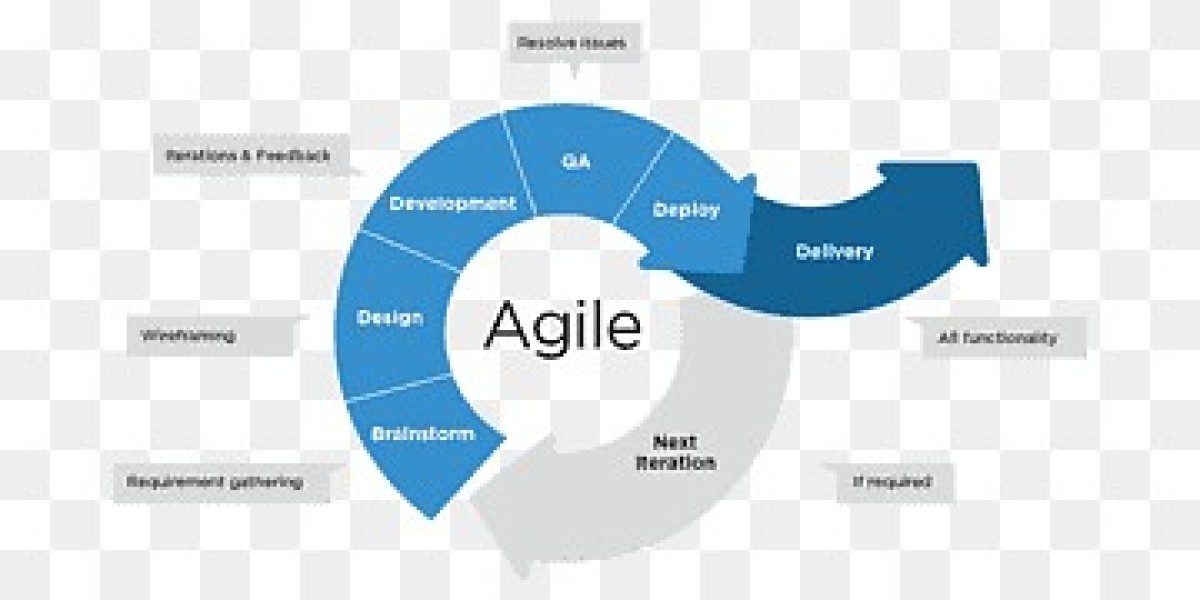What is Change Management Training?
Change management training refers to a structured program designed to help individuals and teams develop the skills and knowledge necessary to lead, implement, and sustain organizational change. The focus is not only on understanding the principles of change but also on developing the ability to manage people’s resistance, build stakeholder engagement, and ensure that change initiatives lead to long-term success.
Why is Change Management Training Important?
Adaptability in a Changing Environment: In a world driven by rapid technological advances and evolving business landscapes, adaptability is key. Change management training ensures that leaders are equipped to handle uncertainties and steer the organization in the right direction.
Minimizing Resistance: One of the biggest challenges in change initiatives is overcoming employee resistance. Change management training teaches strategies to engage stakeholders, communicate effectively, and help employees transition smoothly, reducing pushback.
Boosting Efficiency and Effectiveness: When change is managed poorly, it can lead to confusion, loss of productivity, and even failure of initiatives. Proper training ensures that transitions are handled in a way that maintains operational efficiency while driving toward desired outcomes.
Sustaining Long-term Success: The goal of any change is to ensure that it sticks. Change management training provides the knowledge to embed new processes, behaviors, and mindsets into the organizational culture, ensuring the change is sustained over time.
Core Components of Change Management Training
Effective change management training usually encompasses several key components:
Understanding Change Models and Frameworks: Trainees are introduced to well-established models such as Kotter’s 8-Step Change Model, ADKAR (Awareness, Desire, Knowledge, Ability, Reinforcement), and Lewin’s Change Management Model. These frameworks provide a roadmap for planning and implementing change.
Communication Skills: Clear, transparent communication is critical in managing change. Training focuses on how to articulate the vision, communicate the need for change, and keep stakeholders informed throughout the process.
Managing Resistance: Recognizing and addressing resistance is a major focus of training. This involves not just understanding the sources of resistance but also employing techniques such as active listening, empathy, and engagement strategies to bring resistant stakeholders on board.
Leadership Skills: Change management leaders need strong leadership skills. Training often emphasizes how to motivate teams, influence key stakeholders, and foster an environment where change is embraced rather than feared.
Project and Risk Management: Successful change requires careful planning and risk mitigation. Change management training often includes modules on project management, risk assessment, and contingency planning to ensure that potential obstacles are anticipated and addressed.
Evaluation and Reinforcement: After change has been implemented, training covers the importance of tracking progress, measuring outcomes, and making adjustments as necessary. Reinforcement strategies help ensure the change becomes permanent within the organization.
Types of Change Management Training Programs
Organizations can choose from a variety of change management training programs depending on their needs and goals:
Workshops and Seminars: These are typically short, focused sessions aimed at building foundational knowledge. Workshops may cover specific models, communication strategies, or techniques for managing resistance.
In-House Training Programs: Custom-tailored to the organization's specific context, these programs address particular challenges and needs. In-house training is usually led by internal or external change management consultants.
Online Courses and Certifications: With the rise of e-learning, many professionals opt for online courses that offer flexibility. Popular certifications include the Prosci Certified Change Practitioner, which is based on the ADKAR model, and APMG’s Change Management Foundation and Practitioner certification.
Executive Leadership Development Programs: These programs are aimed at senior leaders who are responsible for guiding large-scale organizational transformations. They focus on high-level strategy, complex change initiatives, and leading through uncertainty.
Benefits of Change Management Training
Improved Success Rates for Change Initiatives: With trained personnel leading the change, organizations significantly improve their chances of successfully implementing change and achieving desired outcomes.
Increased Employee Engagement and Morale: Change can be unsettling, but with effective change management, employees feel more secure and involved in the process, leading to higher morale and better engagement.
Enhanced Organizational Agility: Organizations that invest in change management training become more agile, able to respond to shifting market conditions, regulatory changes, and technological advancements more swiftly.
Reduced Costs and Delays: Poorly managed change can be costly, both in terms of lost productivity and employee turnover. By preparing leaders to manage change effectively, organizations can avoid these pitfalls and ensure smoother transitions.
Conclusion
Change is inevitable, but how it is managed makes all the difference. Investing in change management training empowers organizations to navigate the complexities of transformation with confidence. Whether through workshops, certification programs, or leadership development courses, change management training equips individuals with the skills to lead effectively, reduce resistance, and drive successful outcomes in an ever-changing world.



